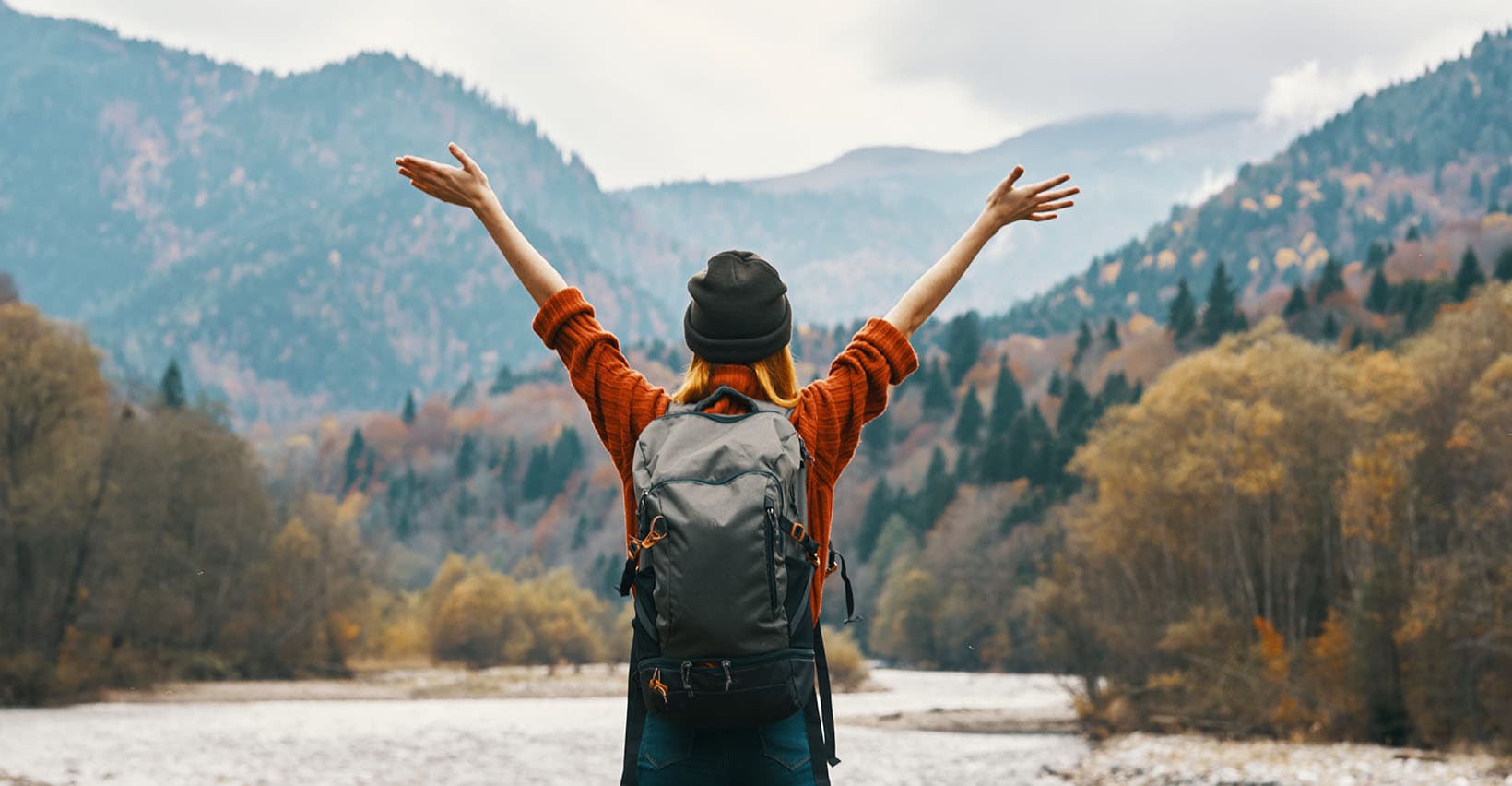5 Things You Should Know About Slow Travel

Are you tired of the hustle and bustle of modern travel? Do you long for a deeper connection with the places you visit? If so, then slow travel might be just what you need. Slow travel is a mindset, a way of exploring the world that focuses on savoring the journey, immersing yourself in the local culture, and truly experiencing all that a destination has to offer. Unlike traditional tourism, which often prioritizes checking off a list of sights and rushing from one place to another, slow travel encourages you to take your time, embrace spontaneity, and forge meaningful connections along the way. In this article, we’ll delve into five important things you should know about slow travel, so you can embark on your next journey with a fresh perspective.
Slow Travel is a Mindset, Not a Checklist
Unlike traditional travel, slow travel is not about visiting as many destinations as possible in a short period of time. It focuses on immersing oneself in the local culture, connecting with the community, and taking the time to truly experience a place. Slow travelers prioritize quality over quantity and embrace a more mindful approach to exploring the world.
It Encourages Sustainable and Responsible Tourism
One of the core principles of slow travel is minimizing the environmental impact of tourism. Slow travelers tend to choose greener transportation options such as walking, biking, or using public transportation. They also support local businesses, artisans, and farmers, contributing to the local economy and preserving the cultural heritage of the destination.
Slow Travel Allows for Deeper Connections and Meaningful Experiences
By spending more time in a place, slow travelers have the opportunity to connect with the locals, learn their language, and understand their customs and traditions. This enables them to have meaningful interactions and gain a deeper appreciation for the local way of life. Slow travel often leads to unexpected encounters and unforgettable memories that can’t be rushed.
It Reduces Stress and Promotes Well-being
In a world where travel is often associated with hectic schedules and long to-do lists, slow travel provides a much-needed respite. By slowing down the pace and immersing oneself in the present moment, slow travelers can unwind, recharge, and truly enjoy their surroundings. This type of travel promotes mental and emotional well-being, allowing for a more relaxed and fulfilling journey.
Slow Travel Inspires Personal Growth and Self-Reflection
When we take the time to travel slowly, we give ourselves the opportunity for self-reflection and personal growth. Stepping out of our comfort zones and experiencing different cultures allows us to broaden our perspectives, challenge our preconceived notions, and gain a deeper understanding of ourselves and the world around us. Slow travel can be a transformative journey of self-discovery.
In conclusion, slow travel offers a unique and enriching way to explore the world. It allows us to escape the fast-paced nature of modern life, connect with the essence of a place, and create lasting memories. By embracing the philosophy of slow travel, we can become more conscious and responsible travelers, while fostering personal growth and connection with the world around us.
Conclusion
Slow travel is a transformative way to explore the world. By embracing the philosophy of taking things slow and immersing yourself in the local culture, you can truly connect with your surroundings and create meaningful travel experiences. From reducing travel stress to fostering authentic connections, slow travel offers numerous benefits that go beyond ticking off popular tourist attractions. So next time you plan a trip, consider incorporating slow travel principles and discover the joy of taking the road less traveled.FAQs
1. What is slow travel?
Slow travel is a mindset and approach to exploring a destination at a slower pace. It involves spending more time in each location, allowing for a deeper immersion in the local culture, traditions, and way of life. It’s about savoring the journey and prioritizing quality experiences over a packed itinerary.
2. How does slow travel differ from traditional tourism?
Unlike traditional tourism, slow travel emphasizes quality over quantity. It encourages travelers to spend more time in fewer destinations, enabling a deeper understanding and appreciation of the local culture. It also promotes sustainable tourism practices and a more meaningful connection with the places visited.
3. What are the benefits of slow travel?
Slow travel offers a range of benefits, including reduced travel stress, improved well-being, and a more meaningful travel experience. It allows for a greater sense of connection with the local community, the opportunity to slow down and appreciate the beauty of the destination, and a chance to create lasting memories.
4. How can I incorporate slow travel into my trip?
To incorporate slow travel into your trip, start by choosing fewer destinations and spending more time in each place. Embrace the local lifestyle, interact with locals, and immerse yourself in the culture. Prioritize activities that allow for a deeper understanding of the destination, such as participating in local workshops or volunteering.
5. Can slow travel be done on a budget?
Absolutely! Slow travel doesn’t have to be expensive. In fact, by staying longer in one place, you can save on transportation costs and find more affordable accommodation options. Cooking local meals, using public transportation, and exploring free or low-cost attractions are also budget-friendly ways to experience slow travel.

